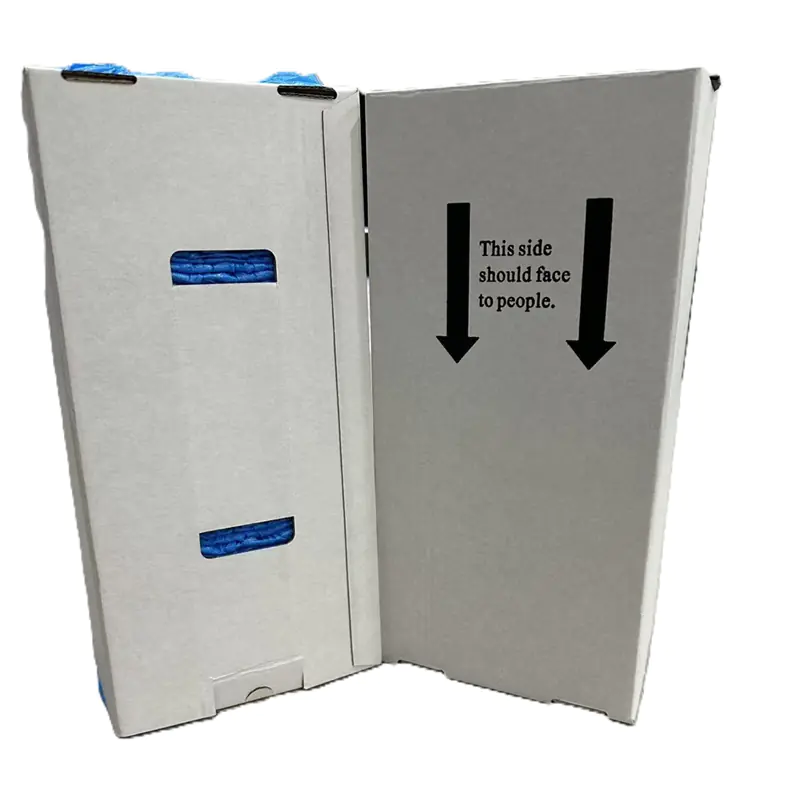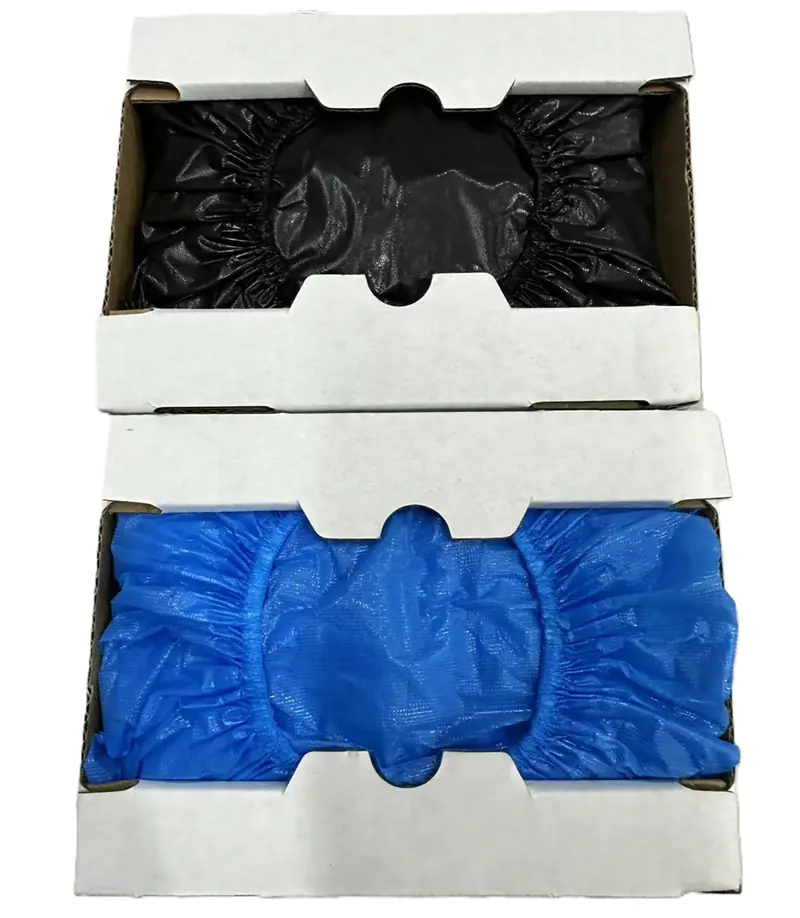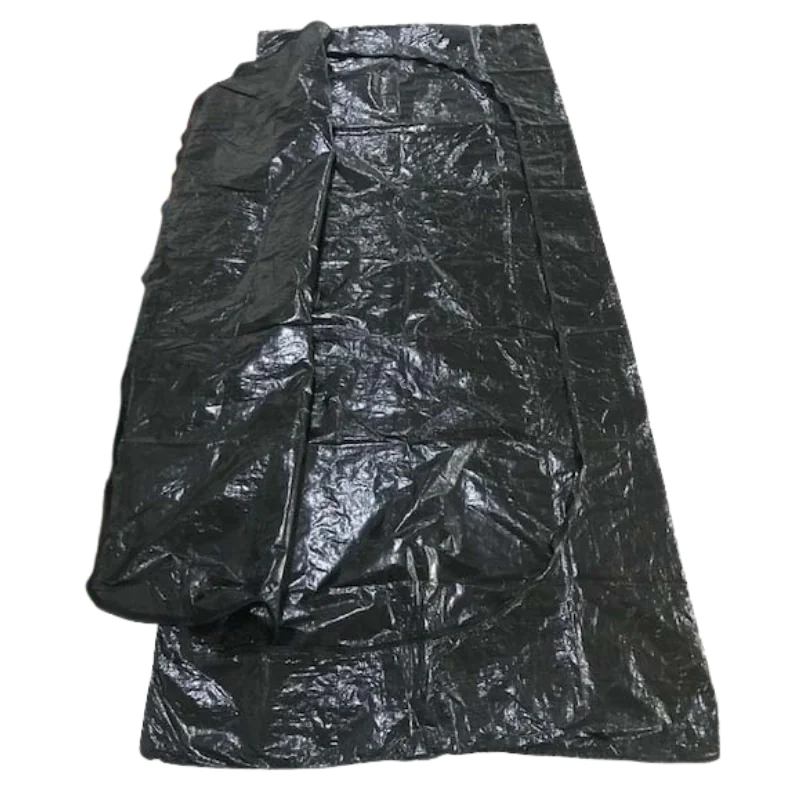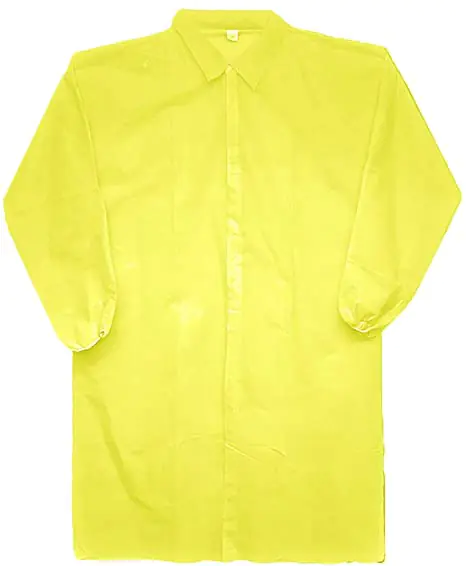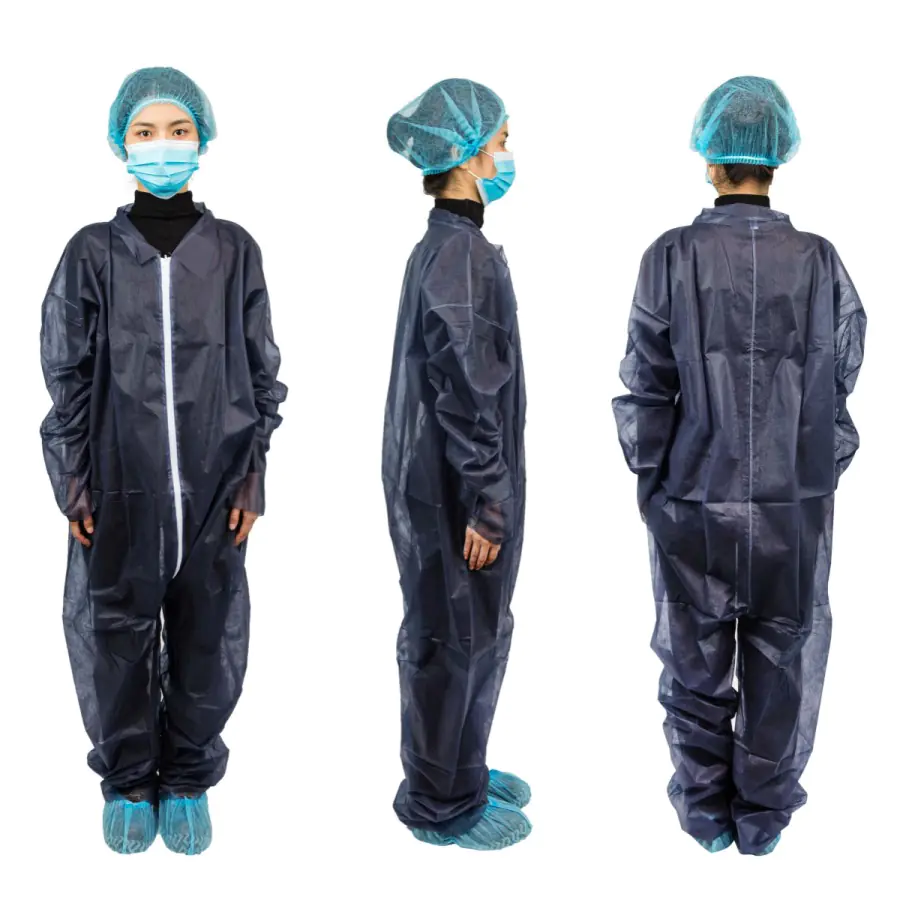Hey there, let’s talk about something super useful for rainy days: a disposable poncho raincoat. This is a cool, lightweight rainwear item you can use once or twice and then toss away. It’s great for keeping dry during sudden rain at school, on trips, or at fun events. In this article, we’ll learn about picking the best disposable rain gear, what it’s made of, and how to use it. We’ll cover waterproof poncho features, single-use poncho benefits, and even eco-friendly poncho options. Stick with me to become a rain-ready expert!
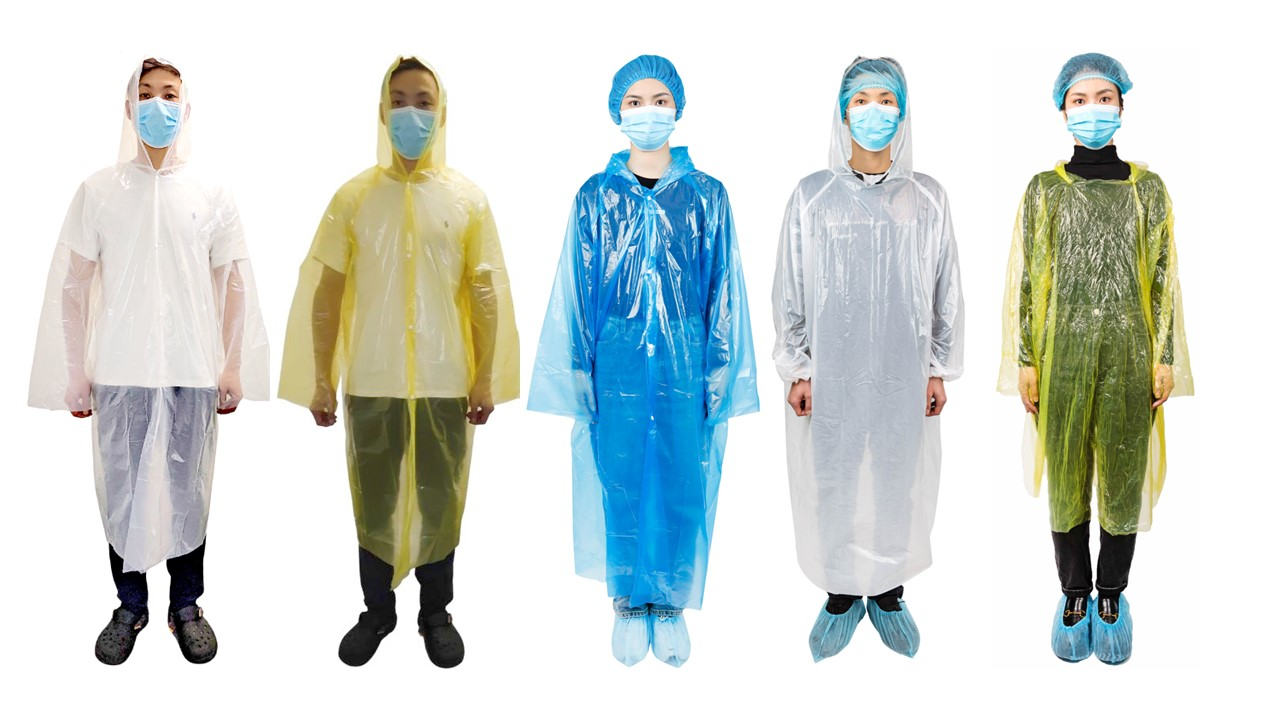
Why Do You Need a Disposable Poncho?
A travel poncho ou emergency raincoat is awesome for when rain surprises you. Imagine being at a festival rainwear event or on a hiking poncho trip, and it starts pouring. A compact rainwear poncho fits easily in your bag, making it one of the best rainy-day essentials. Plus, since it’s a disposable product, you don’t have to wash it. This is all about convenience!
Whether it’s for outdoor activities, camping gear, or backpacking essentials, a pocket-sized raincoat can save the day. They’re often used in the hospitality sector for guests during rainy weather or at sports events to keep fans dry. Let’s dive into picking the perfect one with consumer preferences in mind.

What to Look for in a Disposable Raincoat
When choosing a clear plastic poncho or any hooded poncho, you need to check a few things. Here’s a list of key features for the best waterproof rainwear:
- Material: Most are made of polyethylene (PE), a lightweight design plastic. Some use biodegradable plastics ou non-woven fabrics for an eco-conscious materials pick. Look for PVC-free options ou plastic alternatives if you care about the planet.
- Durabilidade: A good poncho should have tear strength with reinforced seams. Data shows ponchos with over 150 microns in material thickness resist tears 3 times longer than thinner ones.
- Conceção: Check for an adjustable hood, adjustable drawstringse sealed seams. A poncho with full-body coverage and a windproof design keeps you dry even in big storms. Look for waterproof zippers or a water-resistant coating too.
- Packability: It should be a packable poncho with a foldable design e resealable packaging. Storage convenience matters—think storage size and easy-to-carry options.
- Respeito pelo ambiente: Some have recycled polyethylene ou compostable polymers. Only 30% of biodegradable raincoat claims hold up in testing, so read labels for true compostable materials.
These features balance breathability vs waterproofing, lightweight vs durabilitye disposable vs reusable options. Plus, check for safety visibility colors for child safety or during dark, rainy nights.
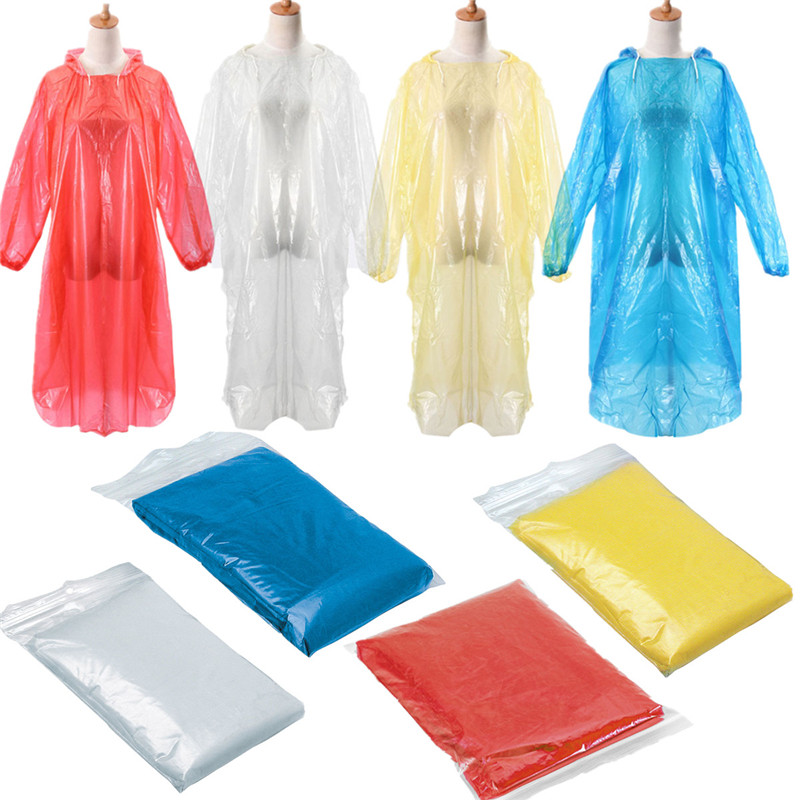
Where Can You Use a Disposable Poncho Raincoat?
A single-use culture item like this works in tons of places for travel convenience ou emergency preparedness. Here are the top uses:
- Travel: A travel-friendly poncho is perfect for trips. Surveys say 70% of travelers carry a disposable poncho for unpredictable weather. It’s a must for emergency kits.
- Outdoor Events: Think festival gear, concerts, or recreational activities at outdoor events. Stats show 90% of big events sell event ponchos to keep crowds dry.
- Emergency Situations: Keep one in your bag for weather emergencies. It’s a key part of emergency kits and offers quick moisture barriers.
- Hospitality Use: Hotels use them for guests during seasonal use or rainy times. They’re handy in industrial applications too.
These disposable clothing pieces are awesome for hygiene protocols. A disposable poncho raincoat keeps you clean and dry without worrying about germs, which ties into hygiene considerations.
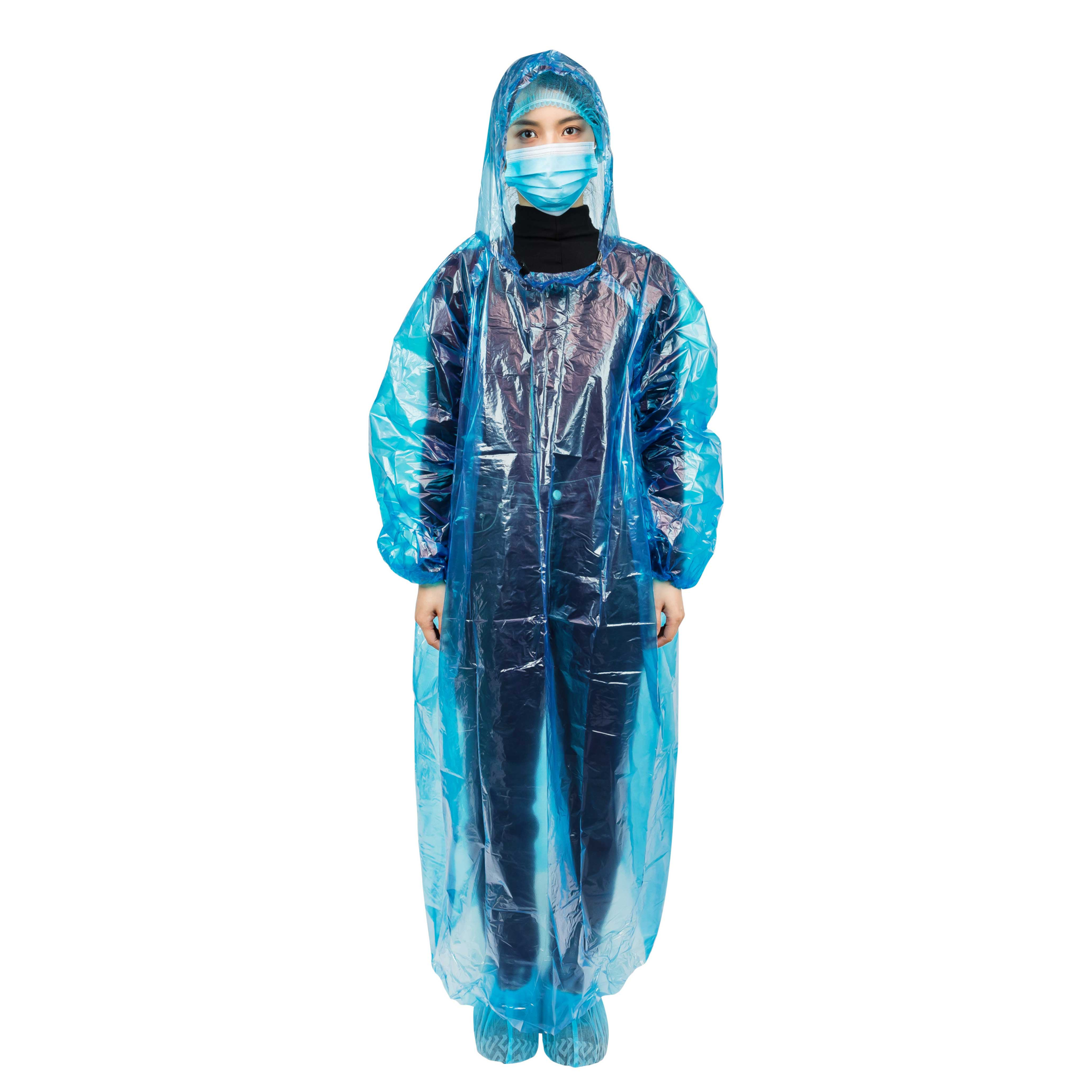
What Materials Are Used in Disposable Rain Gear?
Let’s break down the waterproof materials used in a heavy-duty poncho or regular one. Each has its own perks for waterproof ratings e hydrostatic pressure resistance:
- Polyethylene (PE): About 78% of ponchos are made of this. It’s cheap, offers a moisture-wicking effect, and is fully splash-proof. But it adds to plastic pollution e landfill contributions since only 15% are recycled.
- Biodegradable Plastics: These are better for reducing plastic waste. They break down faster but may not have the same tear-resistant poncho power.
- Non-Woven Fabrics: These are sometimes used for a breathable poncho. They balance breathable membranes but aren’t as good for weatherproofing as plastic.
Other options include recycled materials, which help with recycling challenges and lessen microfiber shedding. Always check for material transparency to know what you’re buying for material softness ou temperature regulation.
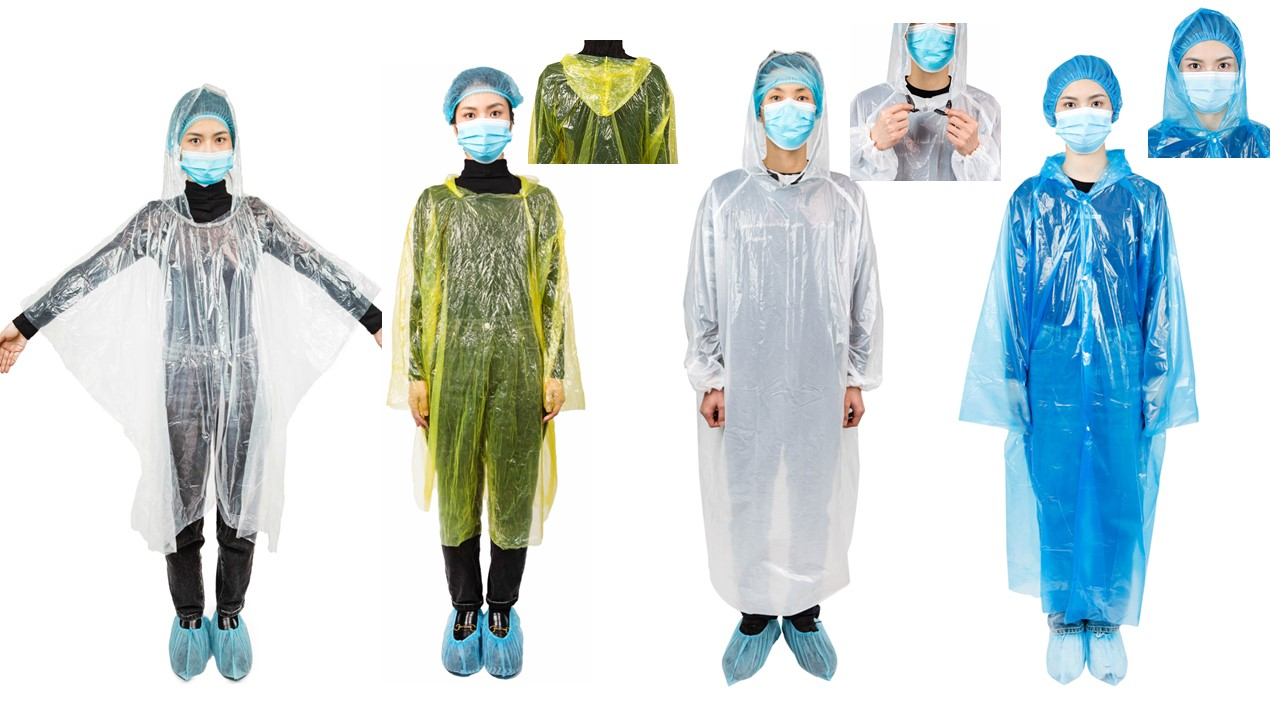
Pros and Cons of a Disposable Poncho
Using a cost-effective rainwear like this has ups and downs. Here’s a quick look at the disposable poncho benefits and drawbacks:
- Pros:
- Leve: Easy to carry for portable poncho needs.
- Affordable: Bulk disposable ponchos cost $0.50-$2.00 each vs. $15-$30 for reusable ones.
- Higiénico: No washing needed, good for travel hygiene.
- Quick-Dry Poncho: Dries fast or doesn’t need drying at all!
- Cons:
- Impacto ambiental: 80% end up in landfill waste due to recyclability limitations.
- Limited Use: Short disposable product lifecycle e disposable garment lifespan.
- Fit Issues: Sizing options como adult-size poncho ou child-size poncho may not always match size inclusivity.
These show the disposable vs reusable debate. It’s a trade-off between cost per use e sustainability trends.

Picking the Right Sizing Options and Fit
Choosing an oversized poncho or a perfect fit matters. Look for adult-size poncho ou child-size poncho options. Good ones have adjustable features and long coverage length. A poor fit can ruin waterproofing ou windproof materials, so test it out if you can for the right consumer demand.
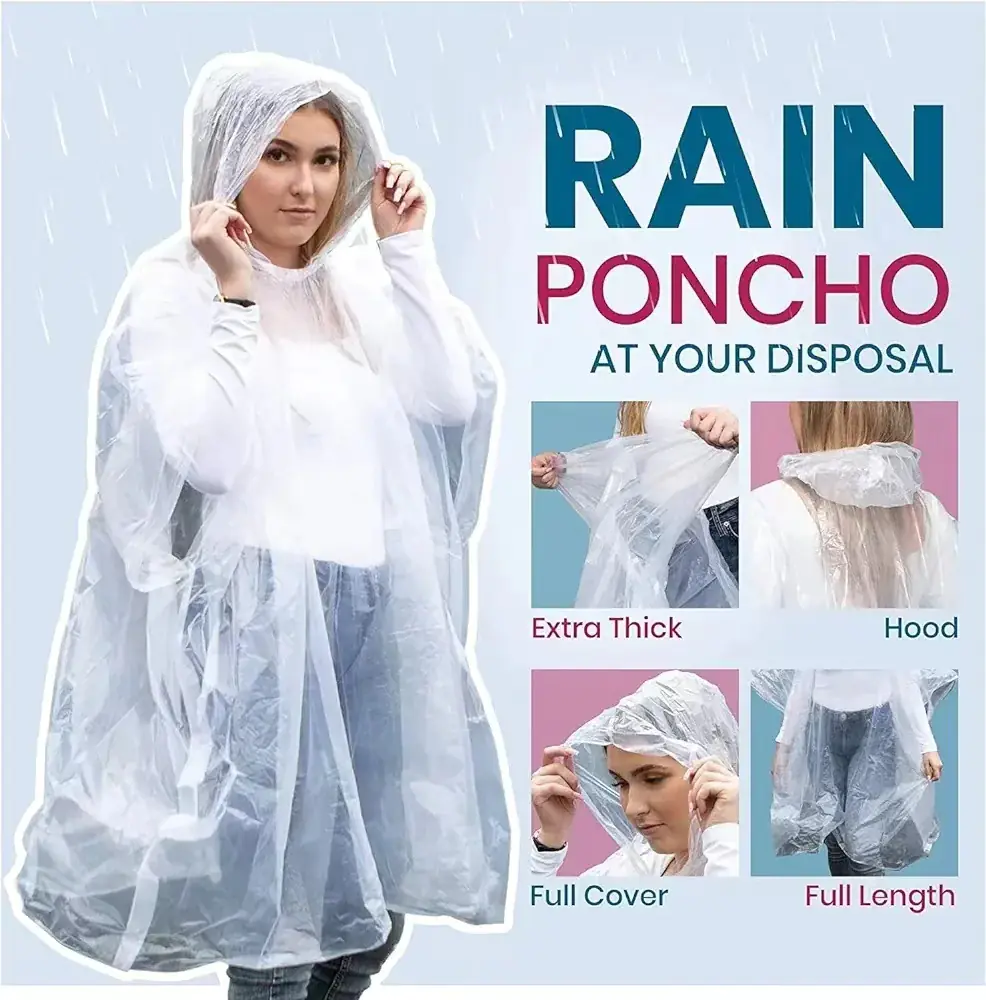
Quick Questions About Disposable Rain Gear
Here are some common wonders about multipurpose use ponchos:
- Can disposable ponchos be reused? Some can if they don’t tear, but most aren’t made for long disposable poncho lifespan.
- Are biodegradable ponchos truly eco-friendly? Not always—check for real compostable materials.
- How to dispose of plastic ponchos responsibly? Look for recycling if possible to lower post-use disposal waste.
- What’s the best storage tip? Keep in resealable packaging for easy storage tips.
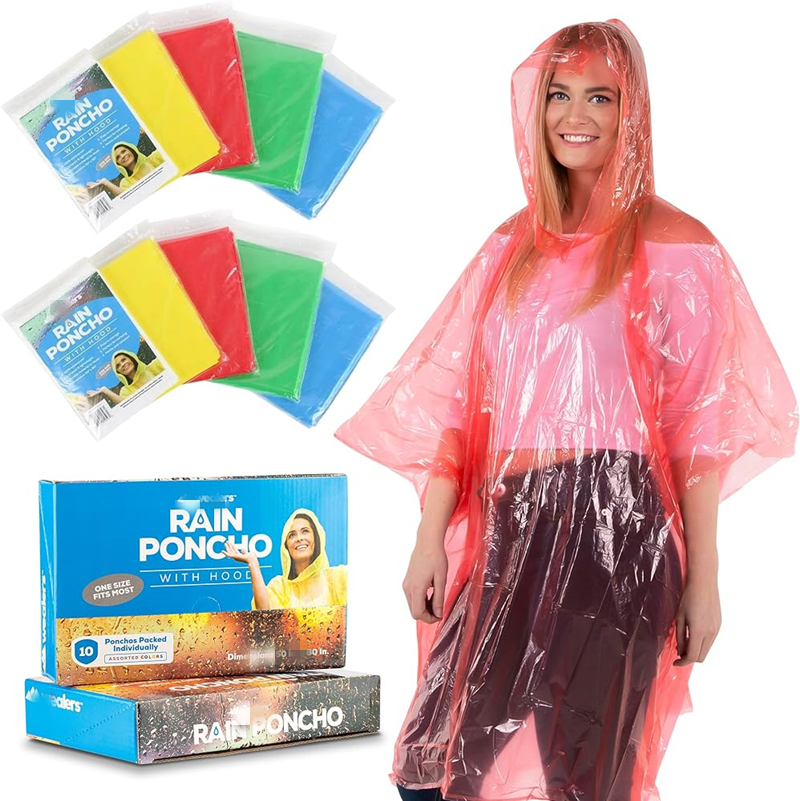
Wrap-Up on Disposable Poncho Raincoat Choices
Picking the right disposable poncho raincoat is all about convenience, cost-effective rainwear, and where you’ll use it—like for urban use, industrial applications, or just safety visibility. Remember the materials like synthetic vs natural fibers ou thin-film materials and their liquid absorption capacity. Balance UV protection, rapid drying, and the plastic recycling challenges. With consumer sustainability trends in mind, you can stay dry and smart with a portable poncho for any rainy adventure!
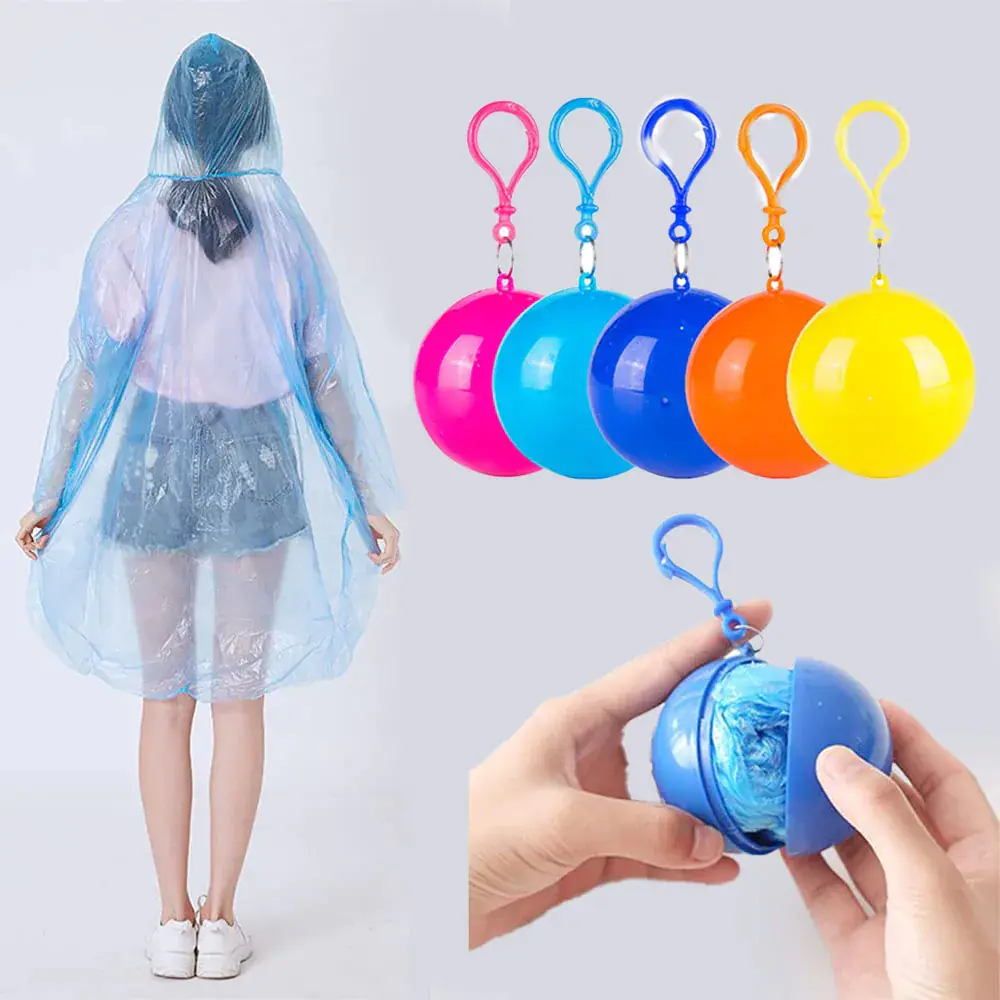
I’ve packed in every travel-friendly towels idea, from seasonal use to disposable packaging, covering all disposable poncho innovations e germ-resistant towels vibes. Whether it’s a cooling towels need or worrying about dust-free towels, you’ve got the info for hypoallergenic materials and beyond. Rain won’t catch you off guard now!




